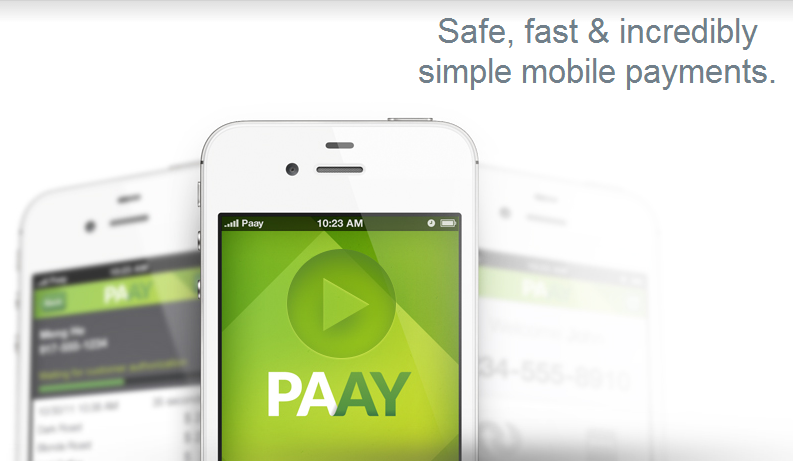Do you remember the last time you bought something from a new website? You’re not on Amazon, so the design is gorgeous, the products are awesome and ethical, and you’re super excited to be supporting a new startup.
You add the item(s) to your cart and click check out.
Boom. Great UX over. Because no matter how awesome the site is, they still have to ask you to fill out long forms with your address, credit card number, and a brief life history. The whole time you’re thinking, “Great. On the off-chance the NSA doesn’t already have this information, NOW they will.”
Yeah, Yitz Mendlowitz hates that, too.
When the problem grasped his attention, he was working on another startup, though that idea was winding down. When he would talk to people, his idea for a simplified system that uses your phone number to pay was the one they loved.
“Okay,” he finally thought. “I have something here.”
With the other startup ending, Yitz focused on the payments company. Then he met James Ruffer through an acquaintance. James had plenty of experience in startups and hacking, so Yitz pitched him the idea.
“It sucks,” James said, and proceeded to outline all the other areas the product could serve. With some extra effort, the company could also solve pain points for merchants and even for the credit card processing industry. What could be great for the consumer could also be great for the vendors, and that would be a real idea to pursue.
Naturally the two became cofounders.
The company has been working in stealth for almost a year, funded by two seed rounds that add up to $800k. With a shopping cart plugin, an iPhone app, and an Android app already in beta, they plan to launch in the next few months.
On the consumer side, PAAY is simple enough. You shop online, and when you’re ready to check out, you click the PAAY button. Rather than entering all of your information right then, you enter your phone number and a message is sent to your PAAY app. You approve the purchase in app and move on with your day.
“The only thing faster is Amazon one-click payments,” James told me.
As Internet consumers become more aware of fraud—but no less willing to shop online—the cool thing about PAAY is that your credit card number isn’t stored on the phone OR at the merchant’s website. It stays with the credit card processor, the same people that have it when you swipe at a store anyway.
And how exactly does PAAY help merchants?
For one thing, the plugin is free to them, too. (Credit card processors pick up the tab.) More importantly, because of the way credit cards work, it’s all too easy for customers to order something, but then tell the credit card company they didn’t make the purchase. Because there’s no signed receipt, Visa or Mastercard errs on the side of the customer and removes payment. Then the customer keeps the product but avoids paying for it.
With PAAY’s electronic signature, however, these chargebacks can’t be executed. The consent you give in the app, after giving your phone number, works as a signature. Merchants no longer have to worry about chargebacks, and they will be able to negotiate lower fees with the processing agencies.
Right now PAAY is focusing on the online space, but they hope to conquer the offline shopping experience, too.
Imagine all those times you got to checkout and realized you had left your card at home. When PAAY is in brick-and-mortar stores, all you’ll need is your phone. (And we know you never forget that!)
PAAY isn’t the only mobile wallet out there. Lots of people are trying to change the payments space. Dwolla, Google Wallet, and PayPal are all semi-competitors and have the benefit of pretty big head starts. While there is no product that does exactly what PAAY does, they still have to compete with the public’s general understanding about mobile wallets, payments, and credit cards.
Still, with Yitz’s sales backgrounds and James’s technical expertise—and both of their scrappy New York attitudes—I’m willing to bet we’ll all be clicking PAAY sooner rather than later.




